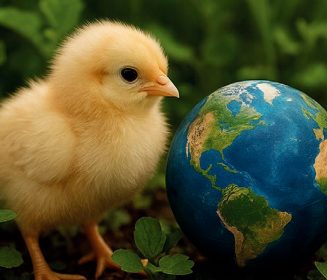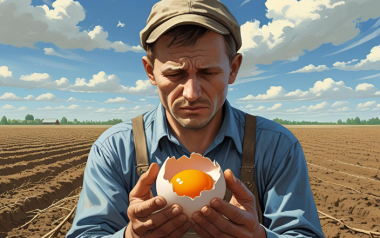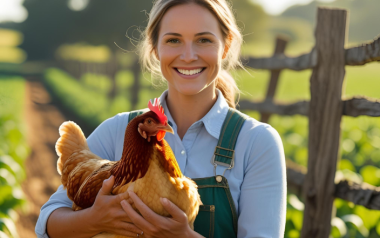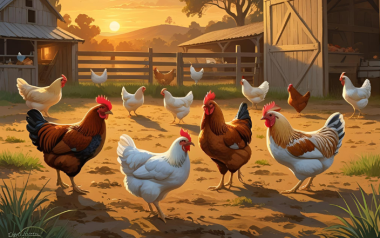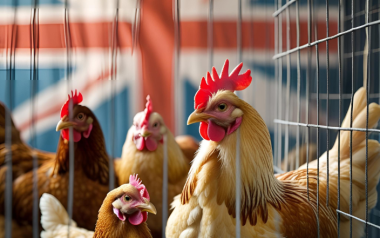Sources: Available upon request.
10 Oct 2024
Differences in the management of poultry litter in winter and summer
Poultry litter management is a crucial aspect of maintaining healthy and productive flocks. The approach to managing poultry litter varies significantly between winter and summer due to differences in temperature, humidity, and ventilation needs.
Poultry litter management is a crucial aspect of maintaining healthy and productive flocks. The approach to managing poultry litter varies significantly between winter and summer due to differences in temperature, humidity, and ventilation needs. Understanding these seasonal differences can help poultry farmers optimize their litter management practices to ensure the well-being of their birds and the efficiency of their operations.
Litter depth
One of the primary differences in poultry litter management between winter and summer is the depth of the litter. During the winter, it is essential to maintain a deeper litter bed, typically around 6 inches. This deeper litter helps retain more moisture, which is crucial for insulating young birds from the cold floor and maintaining a stable environment. In contrast, during the summer, a shallower litter depth of about 4 inches is sufficient. The increased ventilation in summer helps to dry out the litter more quickly, reducing the risk of moisture buildup and associated health issues.
Ventilation
Ventilation strategies also differ between the seasons. In winter, the goal is to balance the need for fresh air with the need to retain heat. Proper ventilation helps to remove excess moisture and maintain the right oxygen-to-carbon dioxide ratio without losing valuable heat. This is typically achieved by allowing cold, damp outside air to enter the house at a high rate of speed, mixing with the hot air at the apex of the ceiling, and then circulating down to the floor and birds. This process increases the air temperature and decreases humidity before it reaches the birds.
In summer, the focus shifts to keeping the birds cool. Ventilation systems are designed to pull air directly across the top of the birds for convection cooling. The fast-moving air helps to remove heat from the birds while also reducing humidity and drying out the litter. This method is effective in maintaining a comfortable environment for the birds and preventing moisture-related issues in the litter.
Pre-Heating
Pre-heating the poultry house is another aspect that varies between winter and summer. In winter, a pre-heat period of 48-72 hours is recommended to ensure the litter reaches an adequate temperature to volatilize ammonia and provide a warm environment for the chicks. Keeping the end doors closed during this period helps retain the heat from the previous flock. In summer, the pre-heating time is shorter, typically around 24 hours, as the higher outside temperatures require less time to prepare the litter. However, it is still important to keep the end doors closed to prevent the loss of valuable heat.
Conclusion
Effective poultry litter management requires adapting practices to the seasonal conditions. By adjusting litter depth, ventilation strategies, and pre-heating times, poultry farmers can create optimal environments for their flocks year-round. These adjustments help to maintain bird health, reduce ammonia levels, and improve overall productivity. Understanding and implementing these seasonal differences in poultry litter management is key to successful poultry farming.








